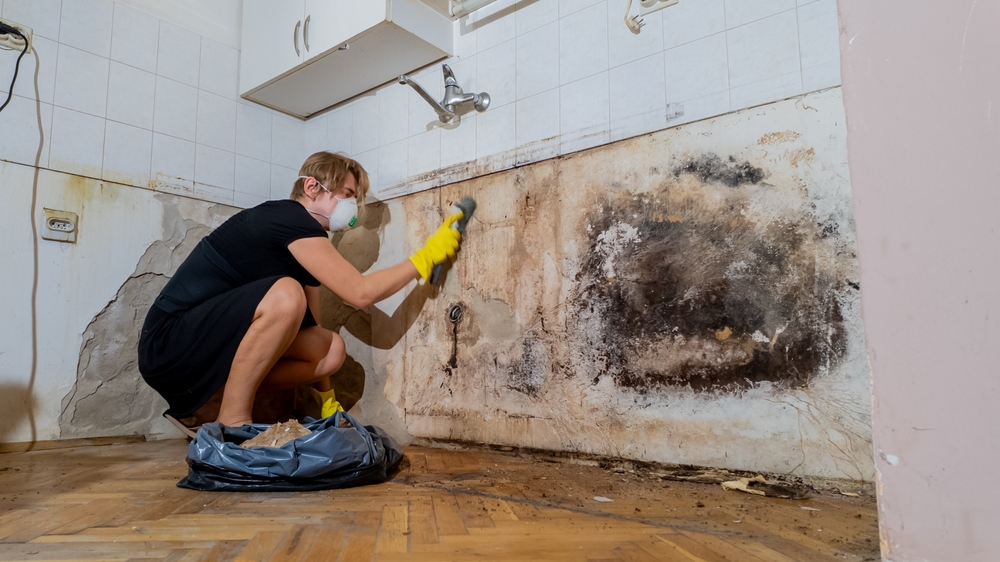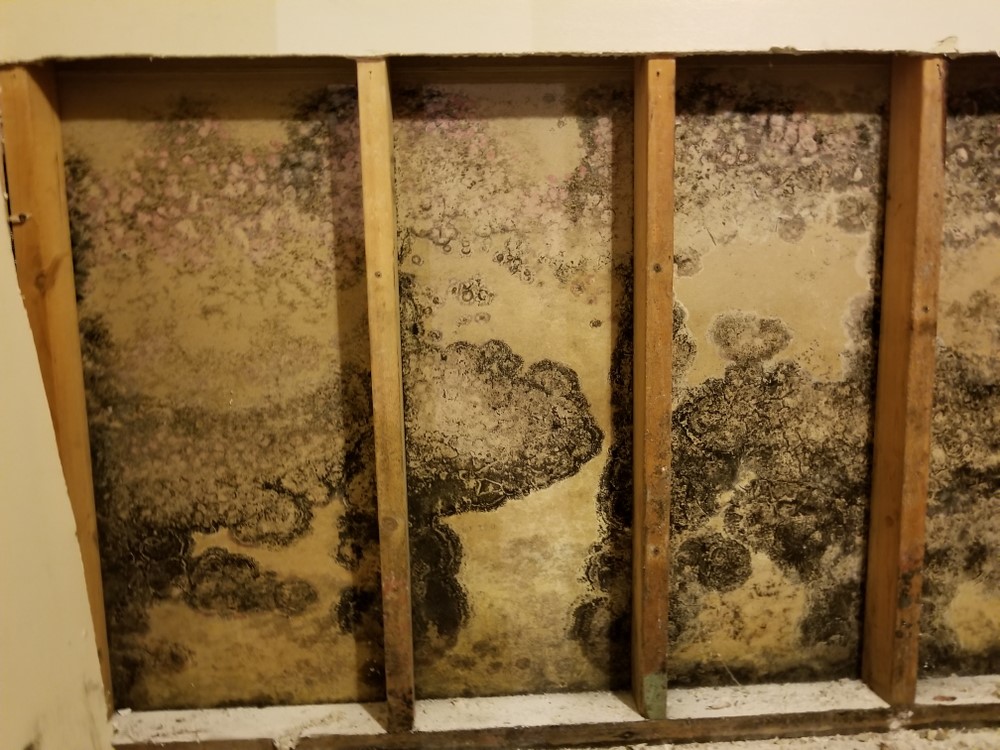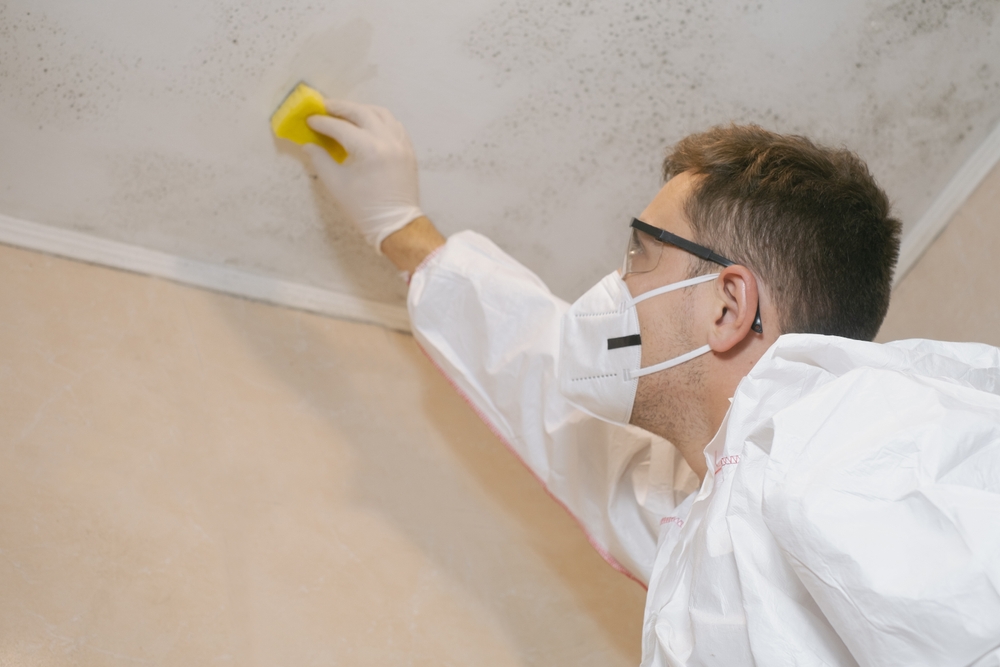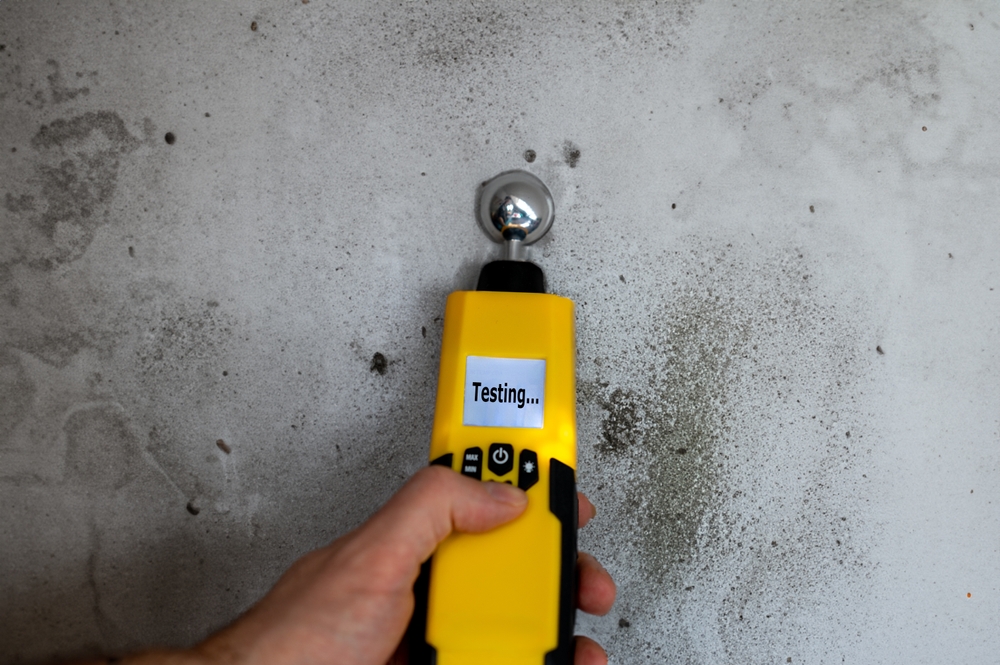Many homes deal with mold, which is a prevalent problem particularly in humid environments or with water damage. Although mold might first appear like a small concern, postponing its treatment could cause major health problems and significant property damage. Quick spread of mold can seriously affect your house as well as your health. This post will discuss the dangers of mold exposure, the harm it may inflict on your property, and the reasons timely mold remediation is so important in avoiding major repercussions.
Introduction
The Growing Problem of Mold
One kind of fungus that thrives in wet, warm, dark conditions is mold. Nearly any surface—including wood, drywall, carpet, and insulation—can be grown on. Once they start to proliferate, mold spores are small and readily dispersed through the air, challenging management. Common areas in homes where mold sometimes lurks are bathrooms, kitchens, basements, and attics—places where moisture likes to gather.
Mold development is becoming more common as water damage from flooding, roof leaks, and plumbing problems increases often. Ignorant of mold issues, homeowners can find more difficult hurdles down the line including worsening health issues and more expensive repairs.
The Importance of Timely Mold Remediation
The clock starts running when mold first starts to form in your house. Over time, mold grows faster; its effects on your health and property get more negative the longer it is let to exist. Because it helps reduce these impacts, timely mold cleanup is absolutely vital. Delaying the eradication of mold can result in more major damage, more expensive cleanup, and major health issues.

Health Risks Associated with Mold Exposure
Mold can cause a range of health issues, particularly if neglected; it is more than simply an ugly sight. Your health suffers more the longer mold exists in your house.
1. Respiratory Problems
Respiratory problems are among the most often occurring health hazards linked to mold presence. Mold spores breathed can aggravate the airways and produce symptoms including:
- Coughing
- Sneezing
- Wheezing
- Shortness of breath
For those with allergies, asthma, or current lung disorders, these respiratory issues can be very hazardous. Extended mold exposure can cause persistent coughing, more trouble breathing, and even asthma attacks.
2. Allergic Reactions
For certain people, mold exposure might also set off allergic reactions. Typical allergy symptoms include:
- Itchy skin
- Red, watery eyes
- Nasal congestion
- Sinus pressure
Particularly in places where mold is widespread, those sensitive to it may have more severe symptoms. Under extreme circumstances, mold allergies can cause sinus infections or other problems.
3. Neurological Symptoms
Apart from allergic reactions and respiratory problems, mold presence can occasionally influence the nervous system. Chemicals known as mycotoxins, which mold releases, have been connected to neurological disorders. These include:
- Headaches
- Memory problems
- Dizziness
- Difficulty concentrating
Untreated, these mycotoxins can cause long-term neurological and cognitive problems.
4. Mycotoxins and Their Impact on Health
Some forms of mold create poisonous compounds known as mycotoxin. When breathed upon or come into touch with the skin, they can be dangerous. Extended mycotoxin exposure has been linked to major medical disorders including:
- Chronic respiratory disease
- Immune system suppression
- Liver damage
- Kidney damage
Mycotoxin presence is difficult to determine only by checking for mold as they are not always obvious. Should mold be found in your house, it is imperative to get rid of it right once to prevent coming into contact with these harmful compounds.
Property Damage Caused by Mold
Mold seriously damages your house in addition to being dangerous for your health. More mold spreads and more damage is done as the longer mold is let to flourish.
1. Structural Damage
Particularly in cases of mold growing on wood and drywall, it might compromise the integrity of your house. Mold consumes organic materials like wood, which rots and deteriorates. Severe structural damage resulting from this over time can make your house dangerous. Drywall can collapse or sag; wooden beams, floors, and ceilings can weaken and turn unstable.
Should mold development go unaddressed, the damage may become so severe that significant structural repairs or even replacement is needed.
2. Water Damage
Often an indication of water damage in your house, mold flourishes in moist, humid surroundings. Mold can develop in basements, attics, and behind walls from water leaks, roof damage, or slow repair of plumbing problems. Apart from fostering mold development, standing water and too high humidity could damage your house even more. Should the actual cause—such as a leak or moisture problem—not be treated, mold will keep spreading and aggravating water damage.
3. Odor Issues
Usually accompanied with a musty, bad smell, mold development can be challenging to eradicate. Your house smells this way, which makes living there unpleasant. No matter how clean you keep, improper removal of the mold could cause the smell to persist. Often a sign of hidden mold in places such behind walls or under floors is a constant rotten scent. The smell will probably continue and compromise your home’s indoor air quality until the mold is addressed.

The Mold Remediation Process
Eliminating mold requires evaluating the degree of damage, controlling the mold, and making sure it won’t come back—not only cleaning. The only method to stop more health hazards and property damage is timely, competent remedial action.
1. Inspection and Assessment
Examining the property thoroughly comes first in mold remedial work. Examining the degree of the mold development and pointing up all impacted places, a skilled mold inspector will To find hidden mold invisible to the unaided eye, they could employ specialist instruments including infrared cameras and moisture meters.
2. Containment and Removal
Once the mold is found, it’s crucial to restrict the impacted area to stop spores from proliferating all around the house. Usually, this entails air scrubbing to filter the air and enclosing rooms or areas with plastic sheeting. Eliminating any obvious mold—including impacted items like drywall, insulation, or carpet—becomes the next challenge.
3. Cleaning and Drying
Complete cleaning and drying are absolutely necessary to stop the mold from resurfacing following mold removal. Usually employed to dry out the impacted areas are dehumidifiers and fans; antimicrobial treatments are used to eradicate any last mold spores.
4. Prevention Strategies
Using preventive measures to stop mold from returning marks the last stage in mold remediation. This can cover resolving moisture issues, enhancing ventilation, and leak repairs. Sometimes the use of mold-resistant paints or materials can help to lower future mold development risk.
The Cost of Delaying Mold Remediation
Ignoring a mold problem or postponing its eradication could cause additional major health and property problems, which would later on increase expenses.
1. Increased Health Risks
The health hazards linked with mold rise as it spreads and expands. Extended contact could cause neurological disorders, severe allergic reactions, and persistent respiratory problems. Untreated mold can seriously compromise the health of your family over too long, and addressing mold-related medical problems can rapidly pile up in medical expenses.
2. Extensive Property Damage
Your house suffers more harm as the longer mold is let flourish. Especially if mold is let to compromise drywall or wooden beams, a minor issue can rapidly become a major structural damage source. Major repairs and modifications could be required, which would result in significantly more expenses than if the mold had been taken care of right away.
3. Higher Remediation Costs
Delaying mold treatment can also result in more expenses related to the actual remedial action. The remedial method gets more complicated and time-consuming as mold travels across additional parts of your house. Eliminating mold from a big space or from secret areas behind walls or under flooring might be somewhat expensive.

Conclusion
One cannot postpone mold removal as it is not a chore. Quick intervention helps to guard your house from major damage as well as your health. Along with major structural and water damage to your property, mold exposure can cause respiratory problems, allergies, neurological symptoms, and long-term health issues.
Early mold maintenance helps you to prevent these hazards, keep your house safe, and save money on expensive repairs. If you believe mold is developing in your house, don’t wait; instead, get in touch with a reputable mold remediation firm to evaluate the circumstances and act before the issue becomes worse. The greatest strategies to guard your house, your health, and your pocketbook are early identification and professional correction.
Philadelphia Restoration Services
https://www.google.com/maps?cid=3399342399556699153
+1 267 668 0013
https://philadelphiarestorationservices.com/

